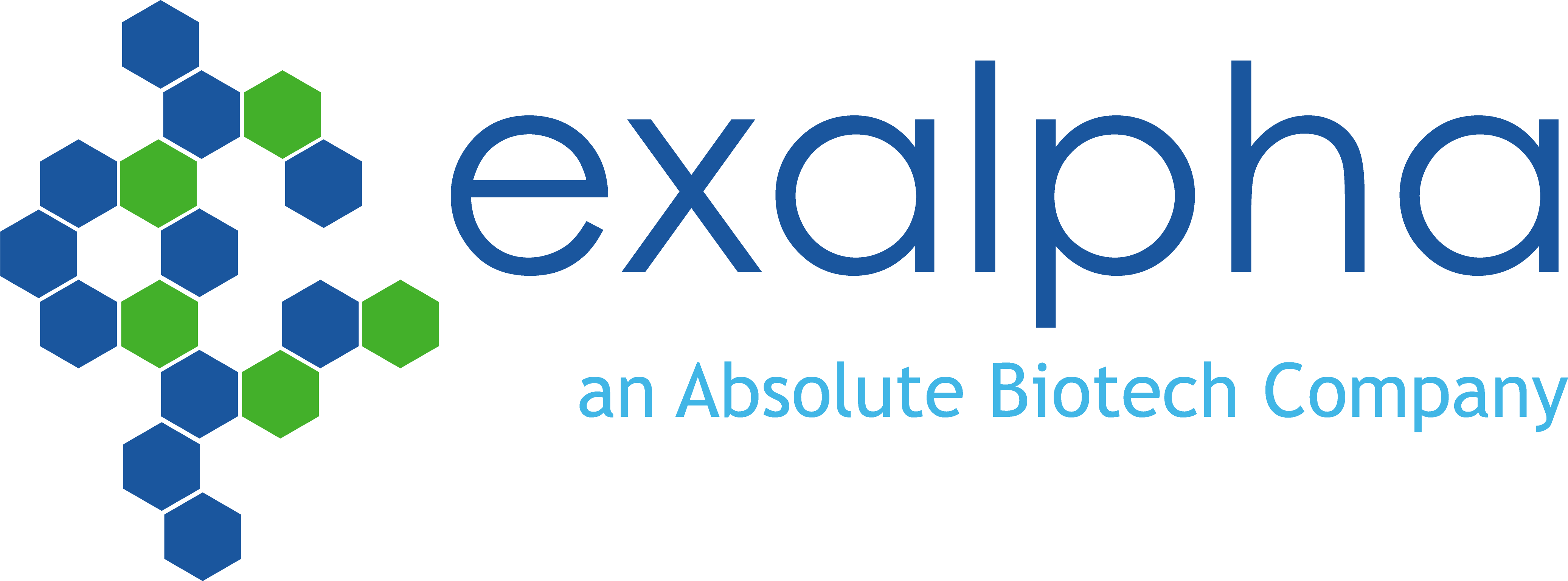0566P strengthens our portfolio of antibodies directed against NCAM/CD56
0566P is a new addition to the Exalpha Biologicals portfolio, complementing our existing range of high-quality mouse monoclonal antibodies to Neural Cell Adhesion Molecule (NCAM/CD56). Produced by cloning the sequence of our popular, literature-cited antibody, 561 (clone C5.9), 0566P has been given clone number C5.9 E1. In partnership with LSBio, 0566P has been validated for use in flow cytometry, immunocytochemistry, and immunohistochemistry with both frozen and paraffin-embedded tissue samples.
NCAM is a single pass transmembrane glycoprotein belonging to the immunoglobulin superfamily. It is transiently expressed in many tissues during early embryogenesis, where it plays an essential role in neural development, before demonstrating a more limited expression pattern upon maturity. NCAM expression in differentiated tissues occurs mainly within the central and peripheral nervous system, and skeletal muscle, with NCAM functioning to promote neuronal cell adhesion, neurite outgrowth, and neuronal migration1. Aberrant NCAM expression has been linked to conditions including Alzheimer’s disease, multiple sclerosis, and various neuropsychiatric disorders, as well as to many cancers, highlighting the importance of 0566P to advance NCAM research2-5.
- The ubiquitous neural cell adhesion molecule (N-CAM), Weledji EP and Assob JC, Ann Med Surg (Lond). 2014 Jul 23;3(3):77-81
- Synaptic Cell Adhesion Molecules in Alzheimer’s Disease, Leshchyns’ka I and Sytnyk V, Neural Plast. 2016;2016: 6427537
- Progression in multiple sclerosis is associated with low endogenous NCAM, Gnanapavan S et al, J Neurochem. 2013 Jun;125(5):766-73
- NCAM in neuropsychiatric and neurodegenerative disorders, Brennaman LH and Maness PF, Adv Exp Med Biol. 2010;663: 299-317
- Promotion of cell migration by neural cell adhesion molecule (NCAM) is enhanced by PSA in a polysialyltransferase-specific manner, Guan F et al, PLoS One. 2015 Apr 17;10(4): e0124237
